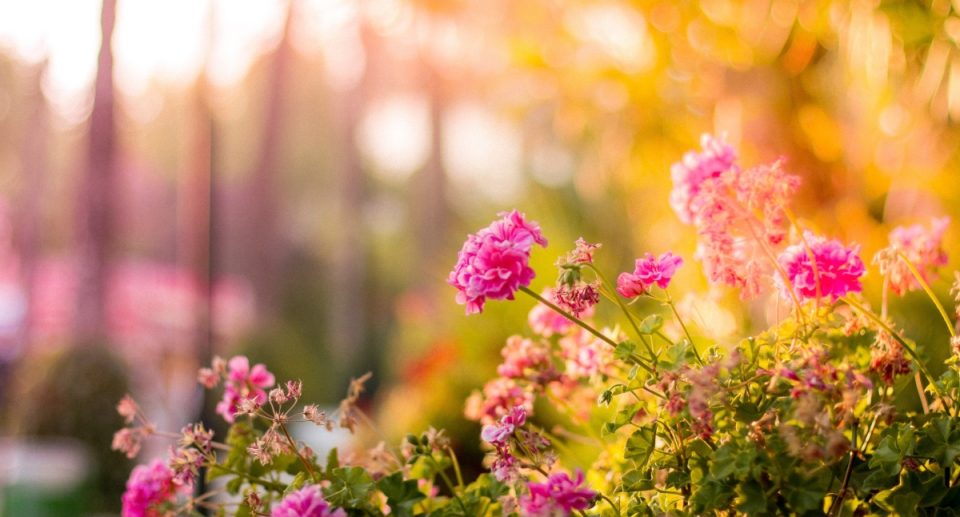
Gardening is a delightful way to nurture nature while also reaping personal benefits. For many seniors, starting a garden can be a rewarding and therapeutic endeavor that brings joy, relaxation, and a sense of accomplishment. Whether you have a sprawling backyard or just a small balcony, creating your own green space can be a fulfilling and enjoyable experience. Here’s a guide to help you start your gardening journey and make the most of your green space.
1. Choosing the Right Spot
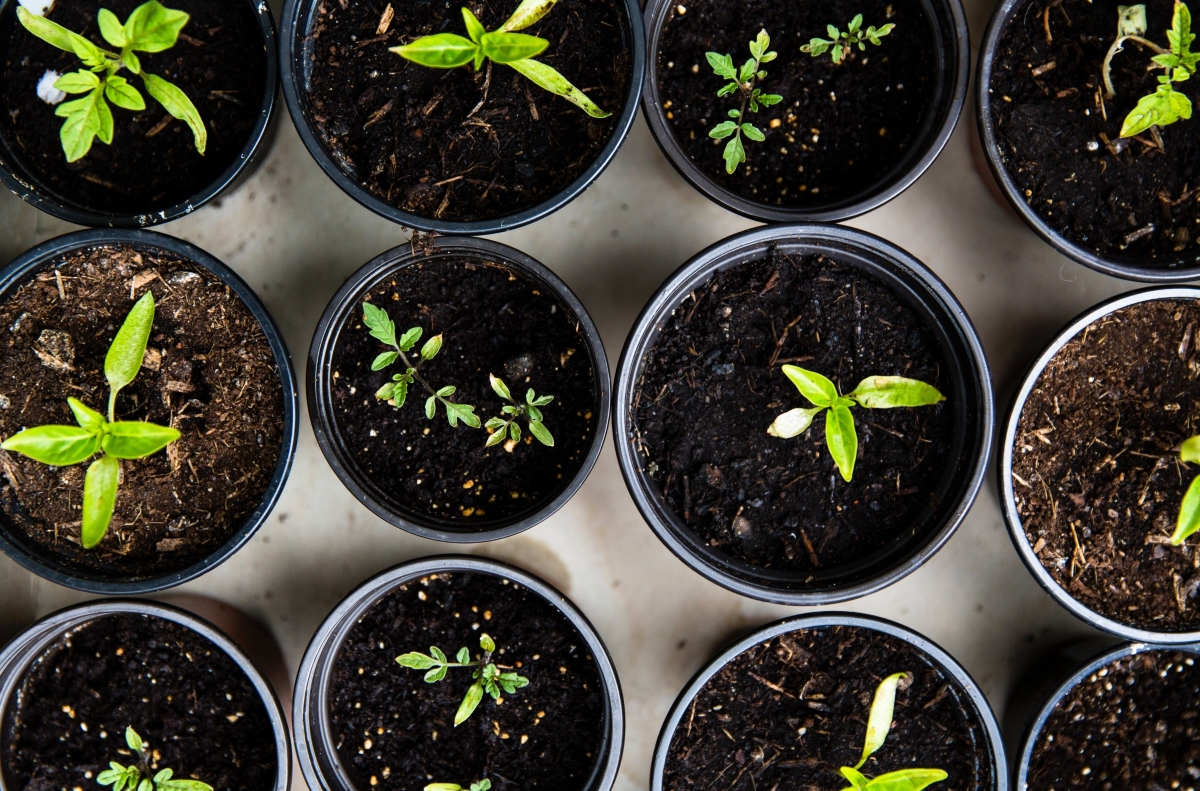
The first step in creating a garden is selecting the perfect location. Consider the following factors:
- Sunlight: Most plants require at least six hours of direct sunlight daily. Observe your space throughout the day to determine where sunlight falls the longest. If your options are limited, there are shade-tolerant plants that can thrive in less sunny spots.
- Accessibility: Make sure the location is easily accessible. If bending down or reaching up is challenging, consider raised beds or container gardening to make tending to your plants easier.
- Soil Quality: Good soil is the foundation of a healthy garden. If your soil is heavy clay or sandy, you might need to amend it with compost or other organic matter to improve its texture and fertility.
2. Selecting Plants

Choosing the right plants is crucial to the success of your garden. Start with these tips:
- Ease of Care: Opt for low-maintenance plants that are easy to grow and care for. Examples include marigolds, lavender, and herbs like mint and rosemary.
- Climate and Season: Select plants suited to your local and current climates. Local garden centers or extension services can provide recommendations based on your area.
- Size and Space: Consider the amount of space you have. Compact plants, or those that grow vertically, like pole beans or tomatoes, can be a good choice for smaller areas.
3. Planning Your Garden

Before you start planting, plan out your garden layout:
- Design: Sketch out a simple plan of your garden area, noting where different plants will go. Consider grouping plants with similar needs and leaving space for walking paths if needed.
- Rotation: If you’re growing vegetables, plan for crop rotation. This helps prevent soil depletion and reduces the risk of pests and diseases.
- Companion Planting: Some plants grow better together. For example, planting basil near tomatoes can help repel pests and improve growth.
4. Preparing the Soil

Healthy soil is essential for strong, thriving plants. Here’s how to prepare it:
- Clearing Debris: Remove any weeds, rocks, or old plant material from the soil.
- Tilling: To improve aeration, loosen the soil with a garden fork or tiller. If you use containers or raised beds, fill them with a high-quality potting mix.
- Amending: Add compost or well-rotted manure to enrich the soil with nutrients. This will help your plants grow strong and healthy.
5. Planting and Care
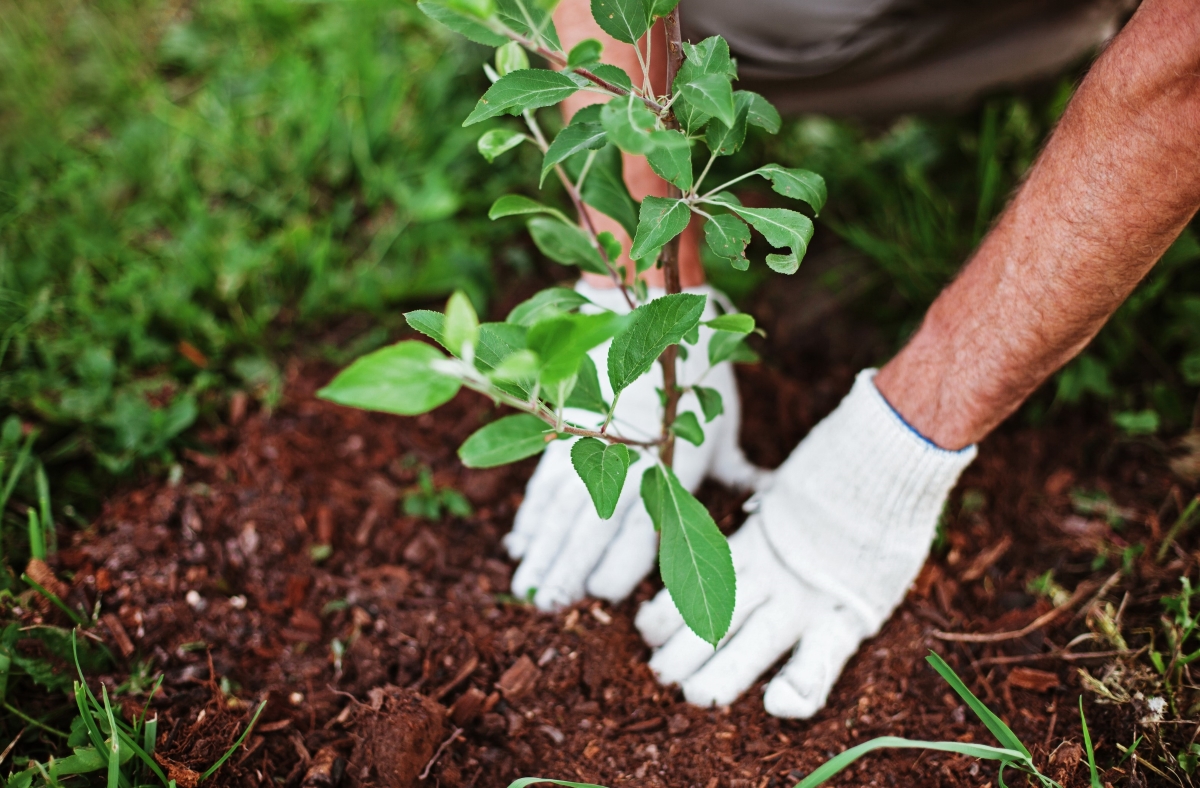
With your garden prepared, it’s time to plant:
- Planting: Follow the instructions on seed packets or plant labels for planting depth and spacing. Be sure to water your plants well after planting.
- Watering: Regular watering is crucial, especially during dry periods. To prevent disease, water the soil around the base of your plants rather than the foliage.
- Mulching: Apply mulch around your plants to retain moisture, suppress weeds, and regulate soil temperature. Organic mulches like straw, wood chips, or leaves work well.
- Fertilizing: Depending on your chosen plants, you may need to fertilize periodically. Use a balanced, slow-release fertilizer or organic options like compost tea.
6. Maintaining Your Garden

Ongoing care will help ensure your garden thrives:
- Weeding: Regularly remove weeds that compete with your plants for nutrients and water.
- Pruning: Trim dead or diseased plant parts to promote healthy growth and improve air circulation.
- Pest Control: Watch for pests and diseases. Many issues can be managed with natural remedies like neem oil or insecticidal soap.
7. Enjoying the Fruits of Your Labor
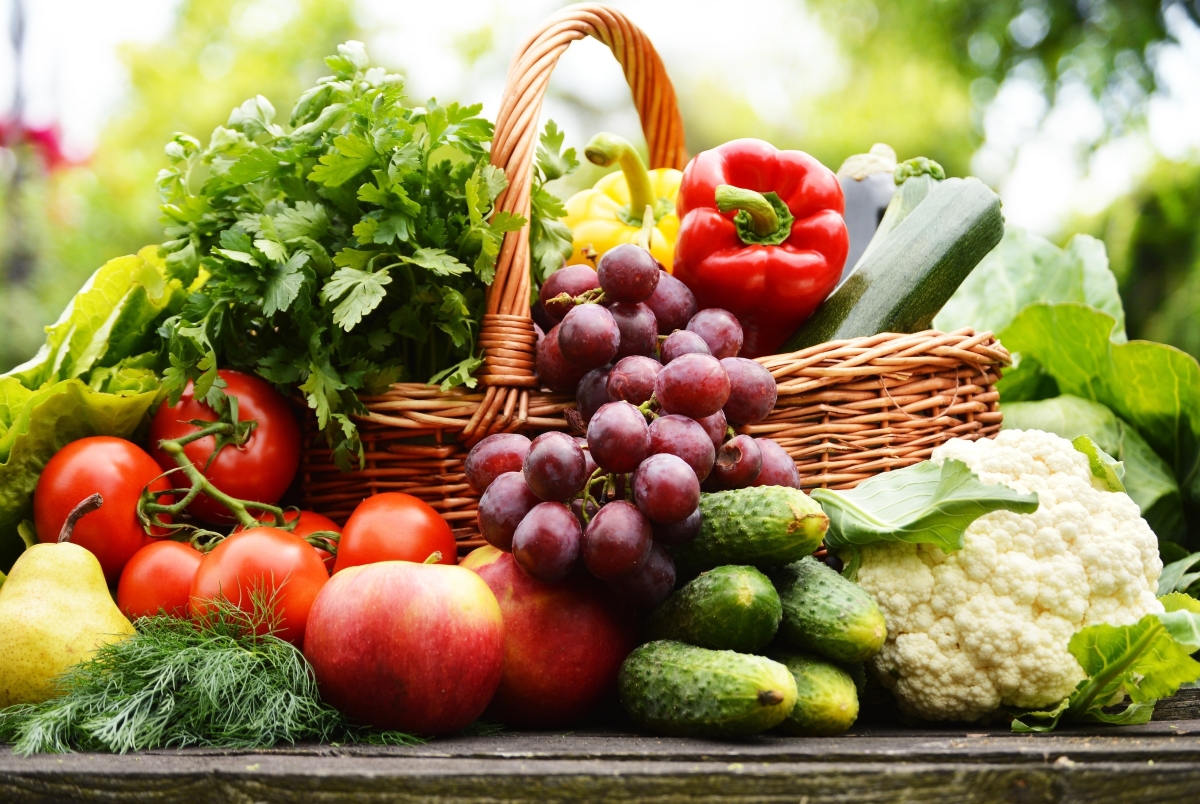
One of the greatest joys of gardening is reaping the rewards:
- Harvesting: For edible gardens, harvest fruits, vegetables, and herbs when they’re ripe. Freshly picked produce often has superior flavor and nutritional value.
- Relaxation: Your garden can be a peaceful retreat. Enjoy the beauty of your plants, sit in a cozy garden nook, or simply appreciate the hard work you’ve put into creating your green space.
- Sharing: Share your bounty with friends and family. Homegrown produce makes wonderful gifts, and sharing gardening tips can foster a sense of community.
8. Adapting to Changes
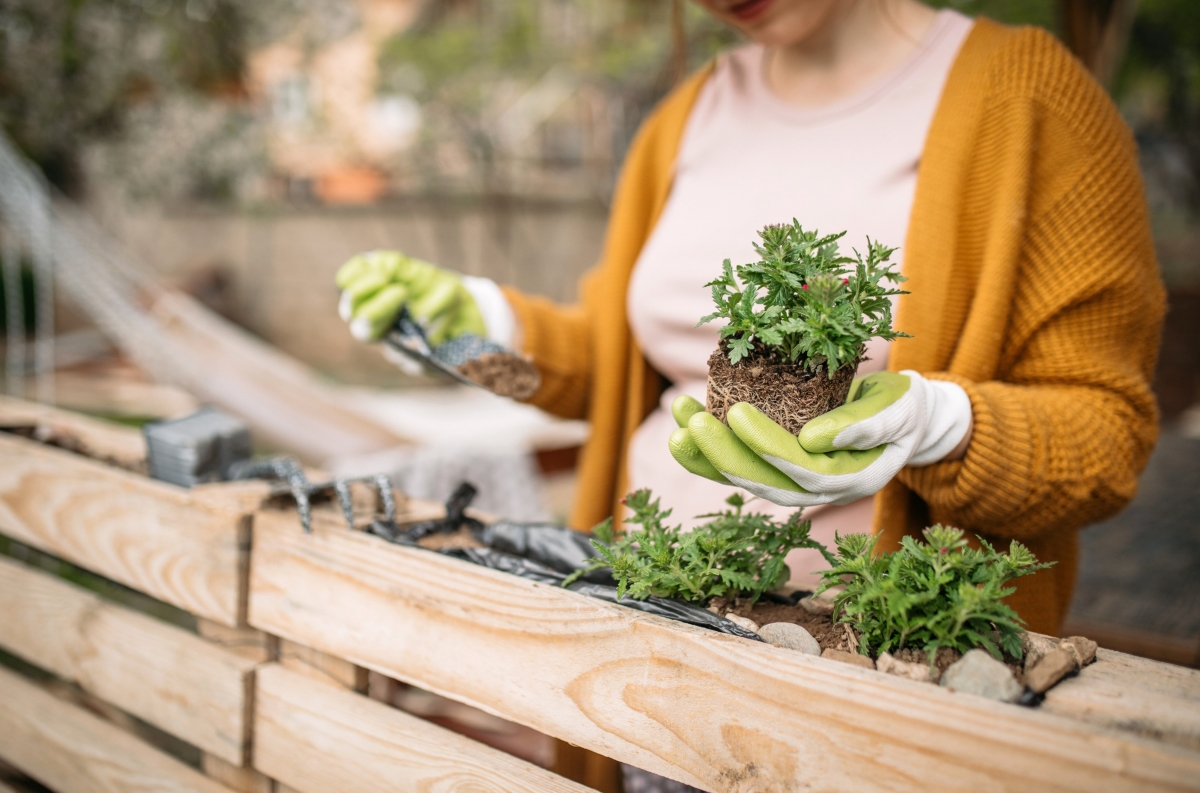
As we age, our physical abilities and energy levels may change. Here are some adaptations to consider:
- Raised Beds: Elevated garden beds reduce the need to bend and kneel, making gardening easier on your back and knees.
- Ergonomic Tools: Invest in tools with ergonomic handles and comfortable grips to reduce strain on your hands and wrists.
- Gardening Seating: Use garden stools or kneeling pads to provide support and make gardening more comfortable.
9. Joining a Gardening Community
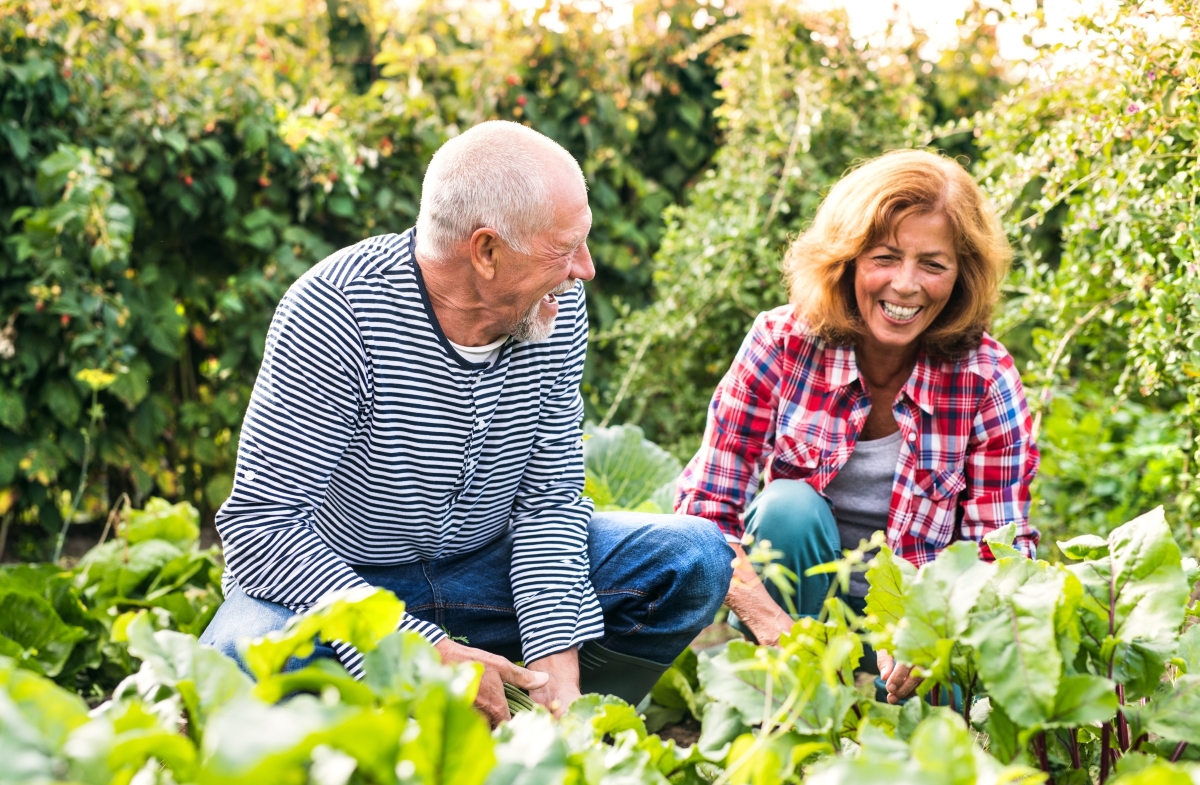
Connecting with others who share your passion for gardening can be both inspiring and educational:
- Local Garden Clubs: Many communities have garden clubs where you can learn new techniques, exchange tips, and enjoy social activities.
- Online Forums: Join online gardening forums or social media groups to connect with fellow gardeners, seek advice, and share your experiences.
10. Resources and Learning
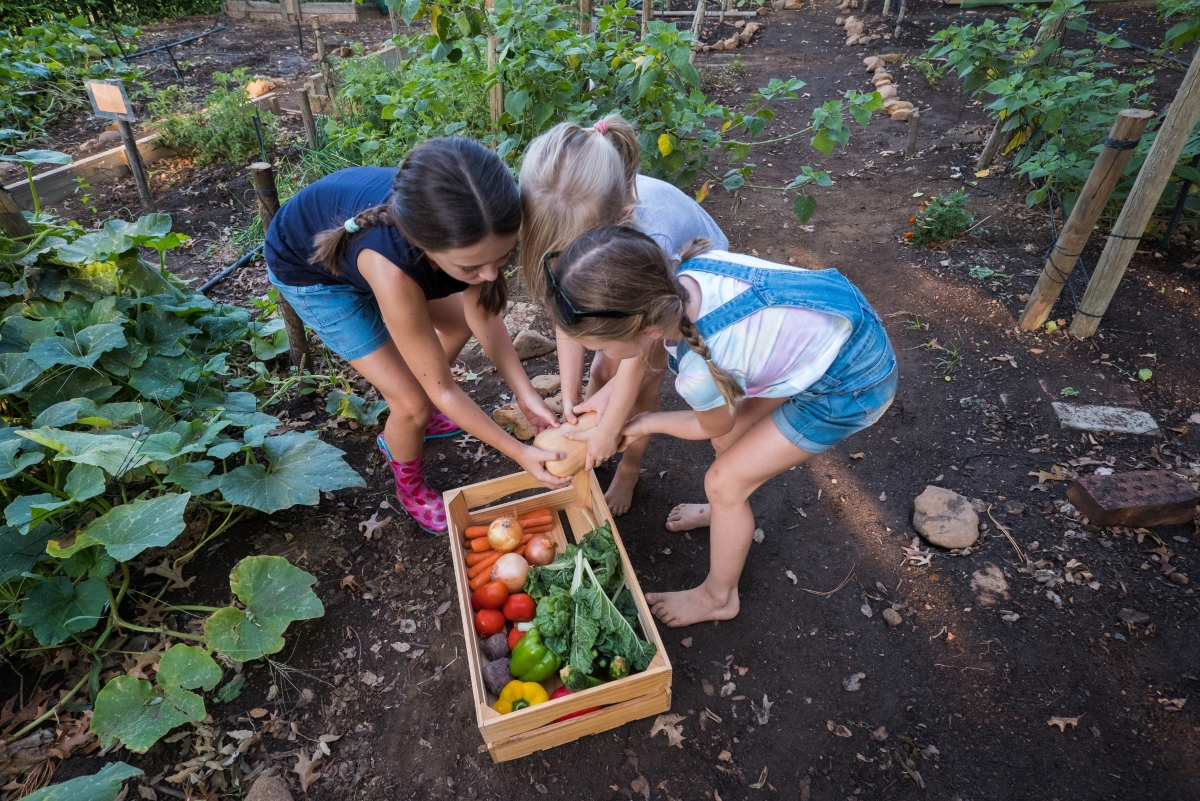
There are numerous resources available to help you on your gardening journey:
- Books and Magazines: Look for gardening books and magazines that cater to your climate and interests. They often provide valuable information on plant care and garden design.
- Workshops and Classes: Many community centers and garden centers offer workshops and classes on various gardening topics. These can provide hands-on experience and expert advice.
- Local Extension Services: Check with your local extension service for region-specific guidance and resources. They often offer free advice and support to gardeners.
Conclusion
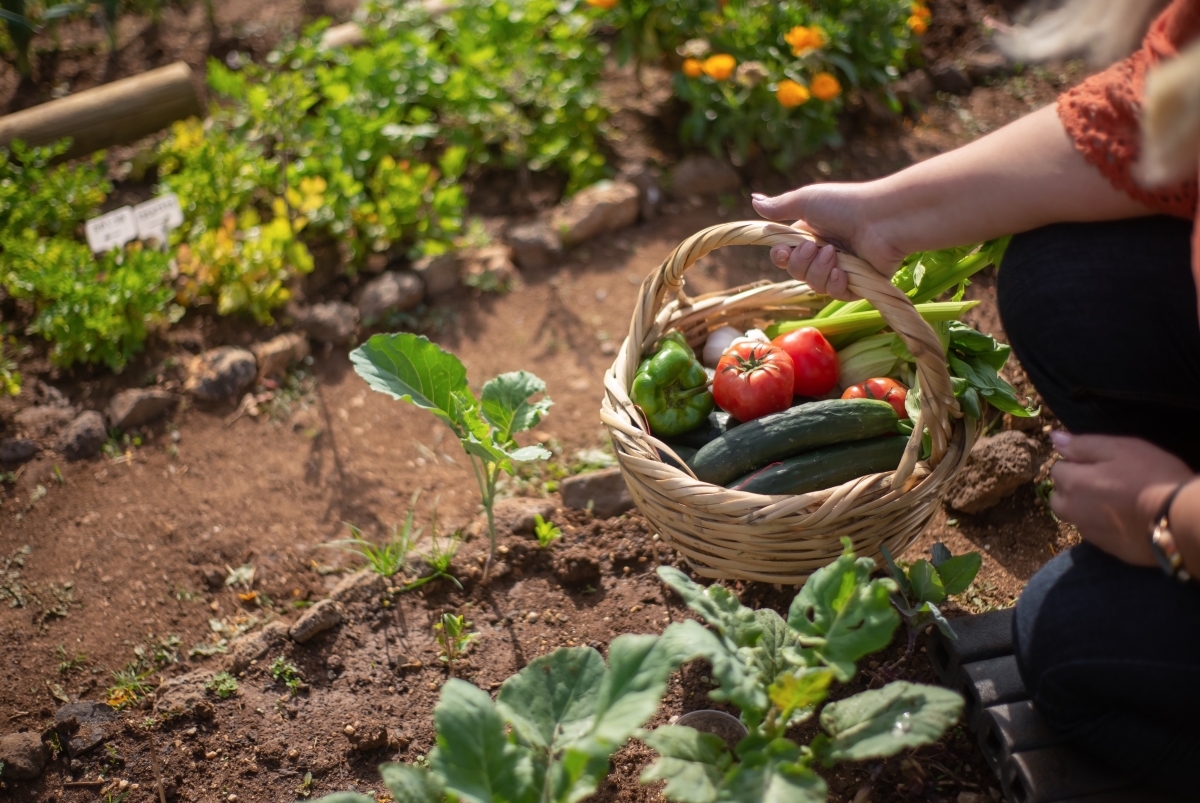
Gardening is more than just planting flowers or vegetables; it’s a rewarding activity that promotes physical health, mental well-being, and a sense of accomplishment. By starting your own green space, you can enjoy the beauty of nature, the satisfaction of growing your own food, and the joy of nurturing a living thing. Whether you’re a seasoned gardener or just beginning, the tips can help you create and maintain a flourishing garden that brings you happiness and fulfillment. Embrace the gardening journey, and let your green space become a cherished part of your life. Happy gardening!





